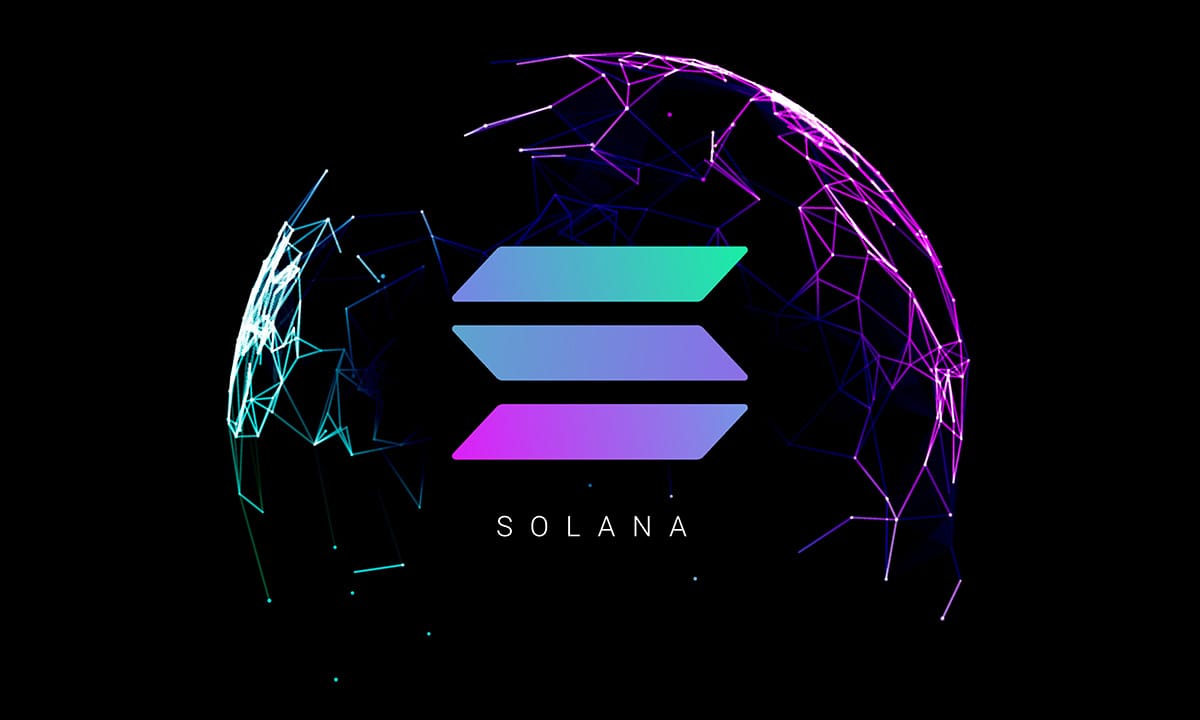ARTICLE AD
IOTA’s transformative ‘IOTA Rebased’ upgrade introduces native Layer 1 smart contracts, programmability, and sustainable tokenomics.
Key Notes
IOTA Rebased introduces over 50,000 transactions per second (TPS), enhancing scalability and programmability.IOTA plans to integrate Layer 1 smart contracts, enabling decentralized applications (dApps) and boosting market adoption.A governance vote will decide if IOTA adopts the Rebased protocol, following a testnet phase and security audits. 
On November 18, 2024, IOTA, a scalable and fee-less distributed ledger, released a comprehensive report of its transformative upgrade through its Layer 1 (L1) protocol, named “IOTA Rebased”. The upgrade aims to significantly enhance scalability, decentralization, and programmability of the network. A governance vote will soon determine whether the network adopts this new protocol or continues with the existing IOTA 2.0 framework.

 
Today we unveil IOTA Rebased 🌀🚀
The biggest upgrade in #IOTA‘s history to leapfrog us on our mission to bring the real world to Web3:
✅Parallelized MoveVM & EVM
✅Full decentralization
✅50k+ TPS & <500ms finality
✅10-15% $IOTA staking APY
More 🧵🔗👇https://t.co/k1r4EUzMzc pic.twitter.com/znrEZrrjS8
Since its inception in 2015, the IOTA Foundation has worked to eliminate traditional blockchain inefficiencies, such as miners, high energy usage, and transaction fees. IOTA offers scalability and decentralization without relying on proof-of-work or miners. Over time, IOTA has established strong partnerships with governments, businesses, and research organizations.

 
 
 
The IOTA Rebased upgrade aims to fulfill the growing industry need for programmability within the Layer 1 protocol. This development goes beyond the IOTA 2.0 upgrade, which achieved full decentralization in 2023. Despite this progress, the absence of native smart contracts on the L1 network has limited IOTA’s functionality, making the Rebased upgrade a crucial next step.

 
 
 
Decentralization Meets 50K+ TPS Efficiency

 
 
 
IOTA Rebased introduces remarkable scalability with the ability to handle over 50,000 transactions per second (TPS). This performance boost positions IOTA to support high-throughput use cases previously unattainable. To reach this milestone, IOTA utilizes the Mysticeti consensus protocol, engineered for high scalability and low latency, ensuring subsecond finality.

 
 
 
The integration of Move-based smart contracts on the L1 network enhances programmability, allowing decentralized applications (dApps) to flourish. This upgrade facilitates use cases such as tokenized trade finance, stablecoin adoption, and the growth of decentralized finance (DeFi). By connecting directly with real-world industries, IOTA’s utility and market adoption are set to soar.

 
 
 
IOTA Rebased prioritizes scalability, decentralization, and economic sustainability. Alongside achieving 50K+ TPS, the network introduces innovations aimed at boosting security, efficiency, and user experience. A Delegated Proof of Stake (DPoS) mechanism ensures decentralization through up to 150 permissionless validator slots, creating a secure and scalable environment.

 
 
 
New tokenomics will promote sustainability through an adaptive fee-burning mechanism that adjusts transaction fees based on network conditions. Additionally, staking rewards, with an initial inflation rate of 6-7% annually, offer validators and stakers up to 15% annual percentage yield (APY), strengthening the network’s security.

 
 
 
Can IOTA Become a Key Player in DeFi?

 
 
 
IOTA Rebased aims to accelerate network growth by reducing the time to market for new features. The introduction of native Layer 1 smart contracts allows developers and businesses to build complex applications on IOTA, enhancing its appeal as a scalable, decentralized blockchain platform.

 
 
 
Integrating IOTA with enterprise applications and streamlining new technology adoption remain priorities. For instance, IOTA is digitizing trade and supply chain processes in Kenya, planning to tokenize physical and financial assets to create an end-to-end trade finance ecosystem on the IOTA blockchain.

 
 
 
The introduction of stablecoins and decentralized order book exchanges positions IOTA as a key player in the DeFi space. If the governance vote favors IOTA Rebased, the network could see a new mainnet launch following a testnet phase, security audits, and exchange integrations.

Disclaimer: Coinspeaker is committed to providing unbiased and transparent reporting. This article aims to deliver accurate and timely information but should not be taken as financial or investment advice. Since market conditions can change rapidly, we encourage you to verify information on your own and consult with a professional before making any decisions based on this content.
Iota News, Blockchain News, Cryptocurrency News, News

With over 3 years of crypto writing experience, Bena strives to make crypto, blockchain, Web3, and fintech accessible to all. Beyond cryptocurrencies, Bena also enjoys reading books in her spare time.


 2 hours ago
2
2 hours ago
2 

